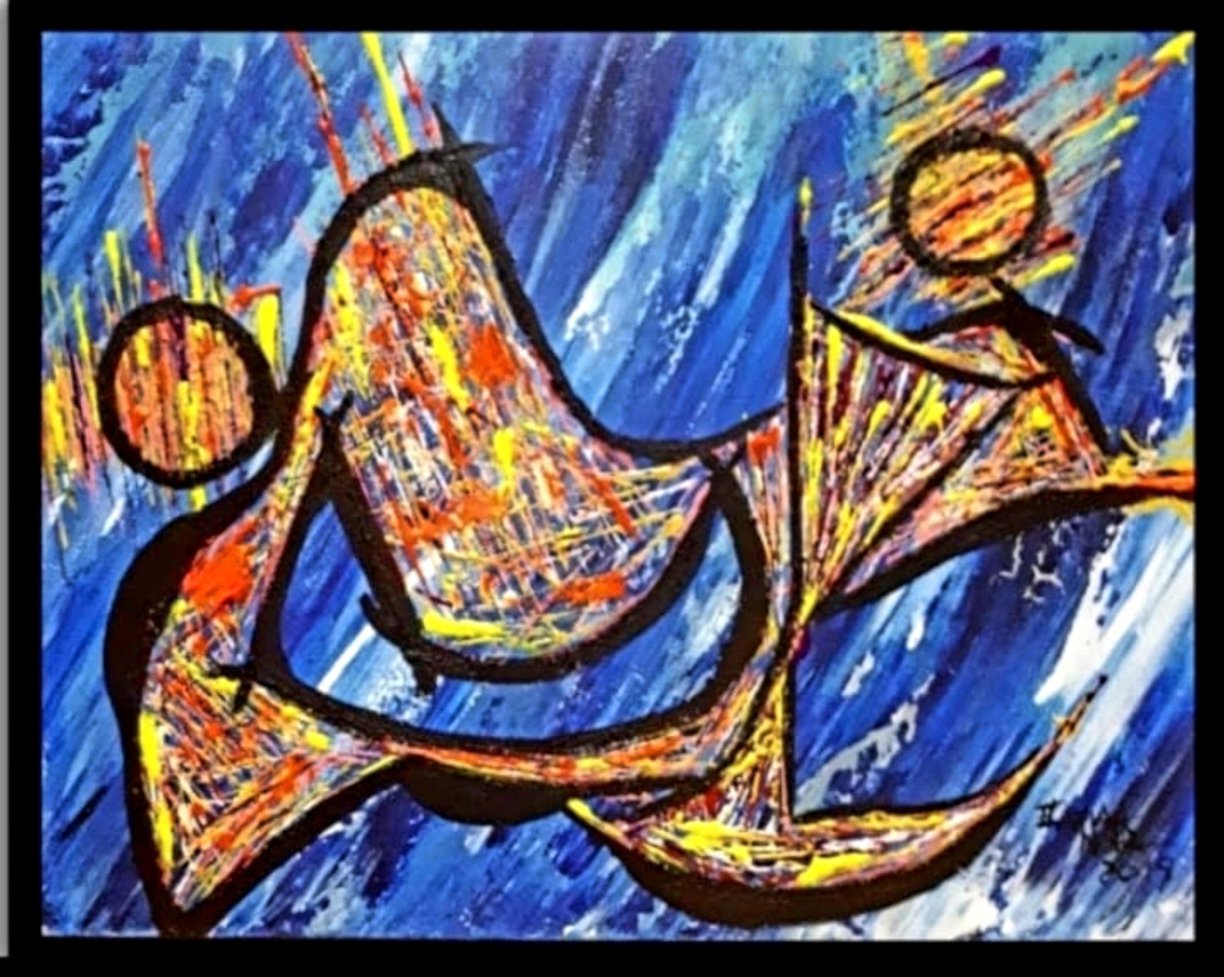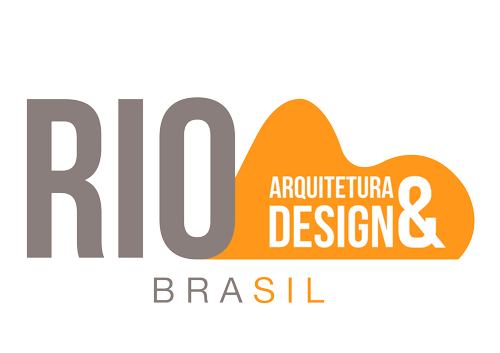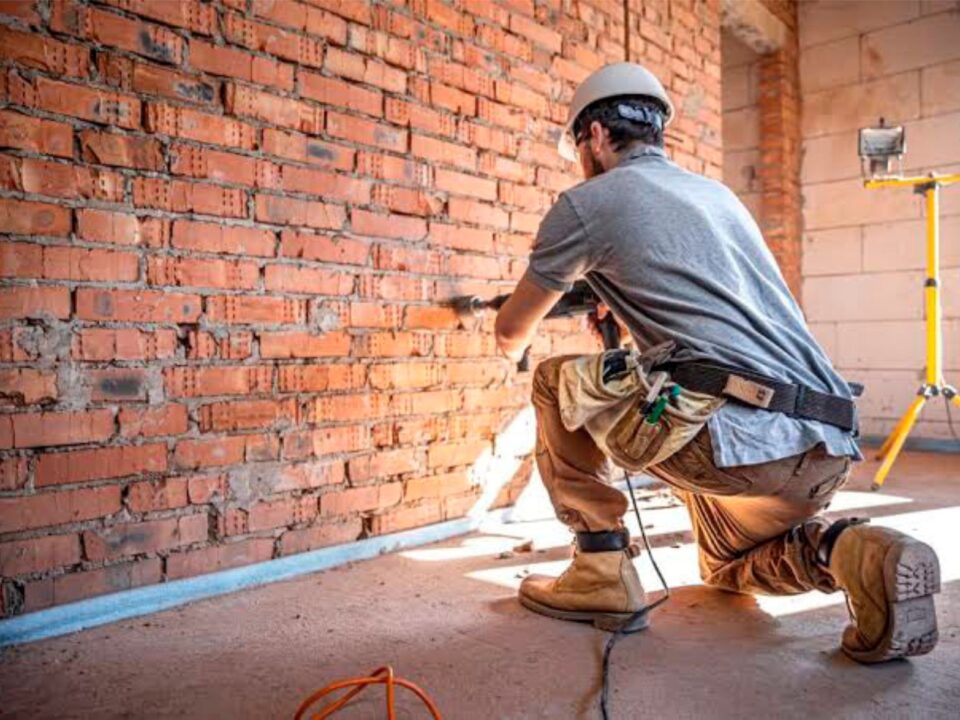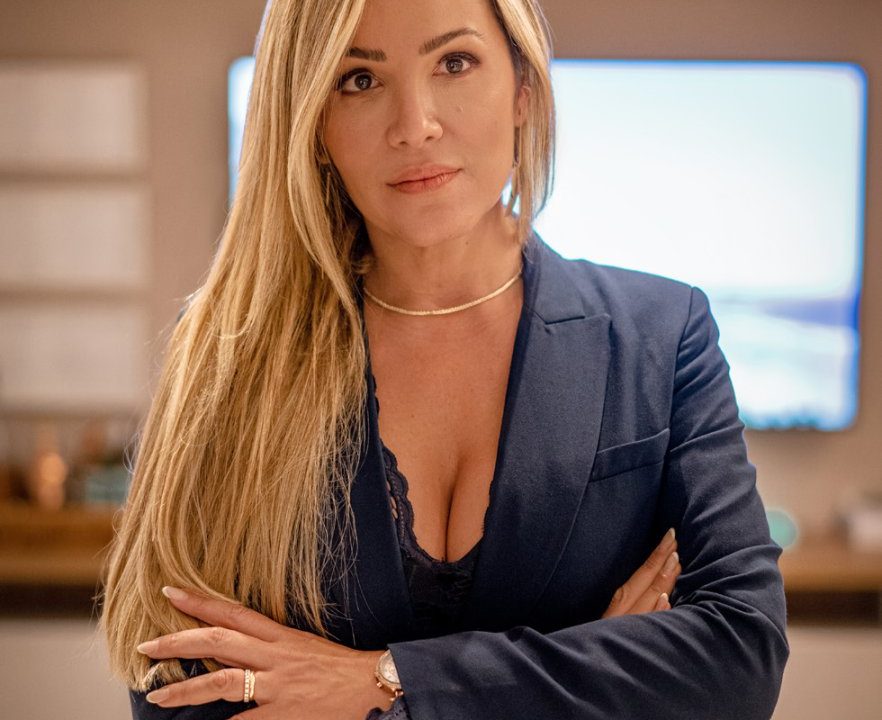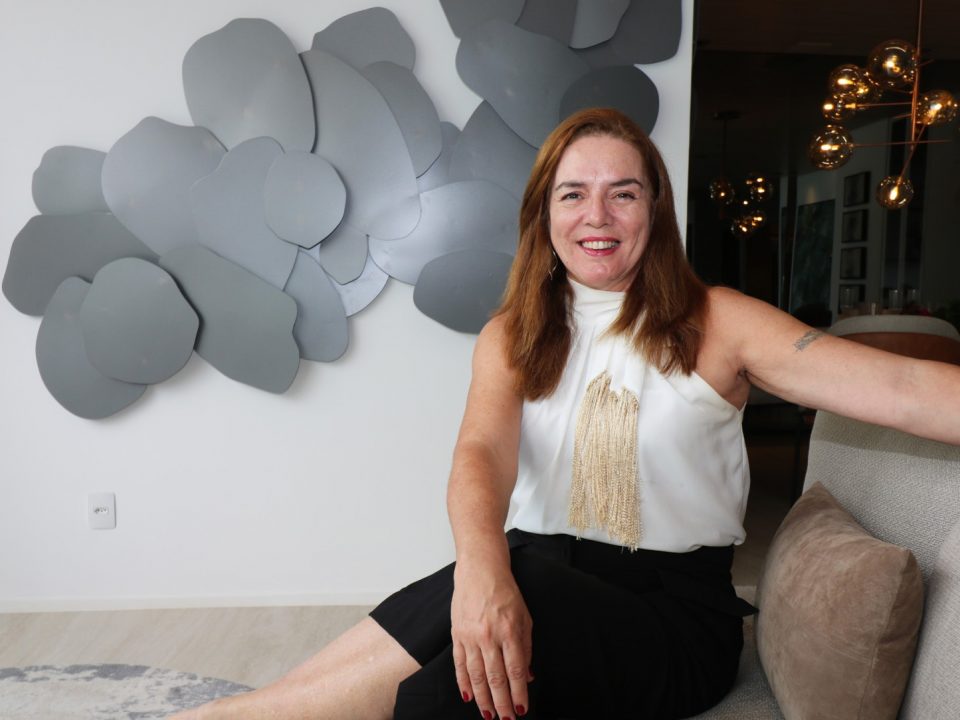
Cantor Rick Michel faz show inédito em homenagem a Frank Sinatra
20 de outubro de 2020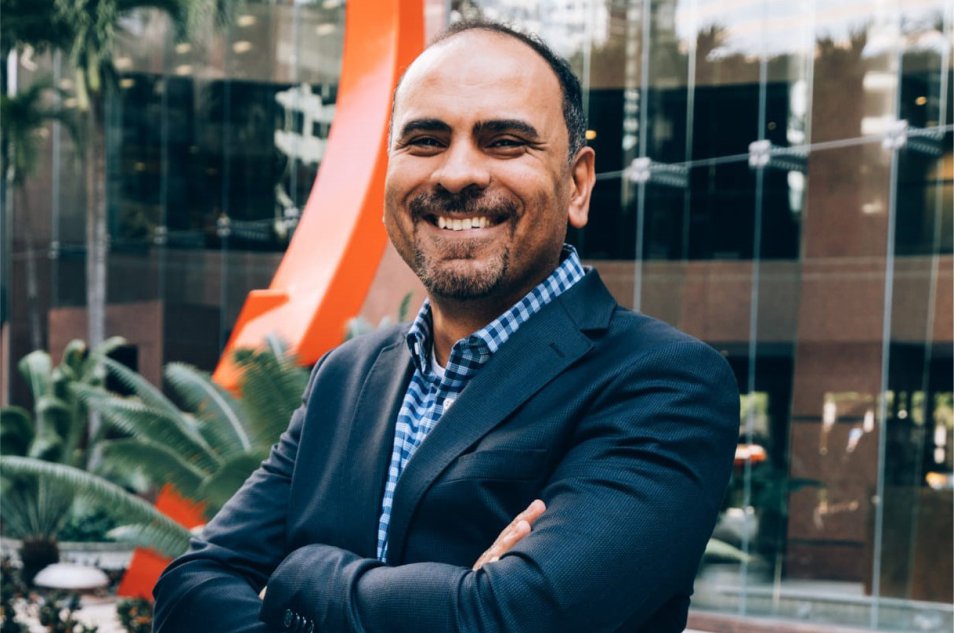
A hora certa para investir nos EUA é agora
9 de novembro de 2020Flavia’s Memorial
F
lavia da Motta e Albuquerque nasceu no Rio de Janeiro no dia 3 de Dezembro de 1961. Filha de Neide e Gilberto Felício da Motta e Albuquerque, ela partilha a raiz de sua linhagem paterna com Di Cavalcanti, no ramo dos Cavalcanti de Albuquerque de Pernambuco. Os dois, ela e o “Di”, entretanto, são “cariocas da gema”, como dizíamos no passado. Sua bisavó paterna foi Thereza Alexandrina Cabral de Mello, prima segunda do poeta João Cabral de Mello Neto.
F
lávia da Motta e Albuquerque was born in Rio de Janeiro, in the third day of December, 1963. Her parents were Neide and Gilberto Felicio da Motta e Albuquerque, and she shares, on his father side, the same lineage with Di Cavalcanti, from the
Cavalcanti de Albuquerque branch. Both, her and Di, are “cariocas da gema”, like we used to say in the past. Her great-grandmother, on the same side of the family, was Thereza Alexandrina Cabral de Mello, a second cousin of João Cabral de Mello Neto, the poet.

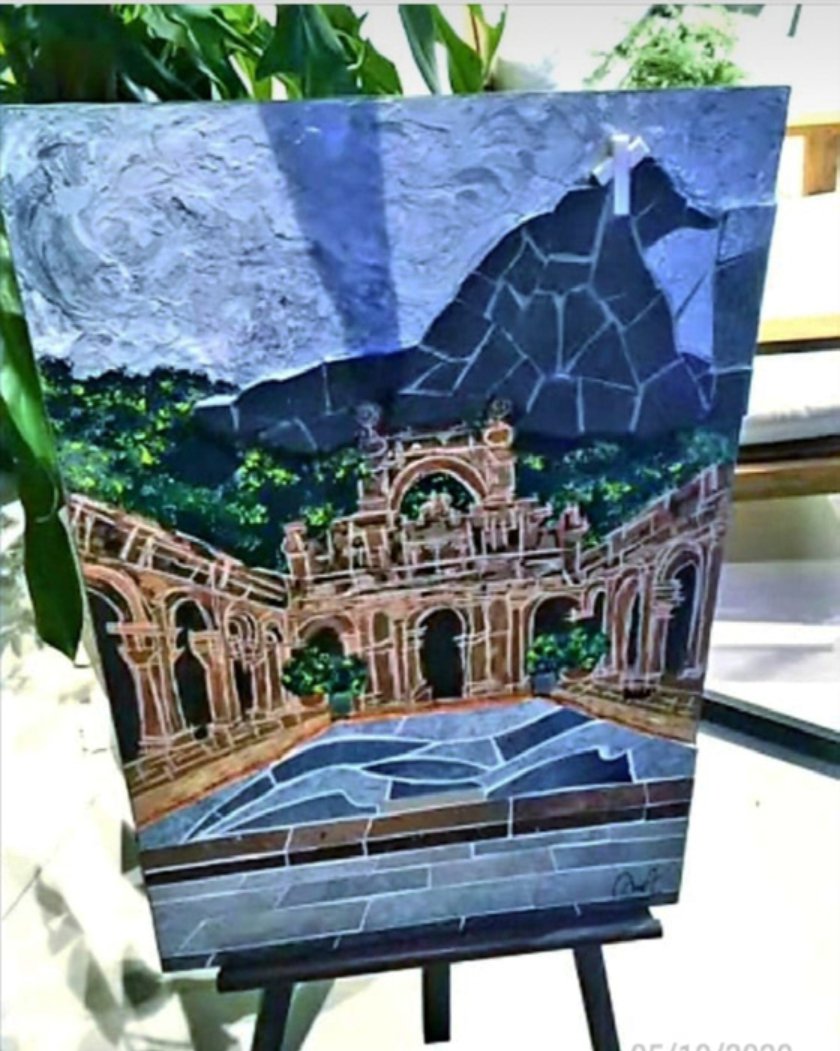
Pintora primitivista autodidata com passagem pela Escola do Parque Laje (1999-2000), lá ela fez estudos sobre a cor, sob a orientação do professor Israel Pedrosa. A bibliografia, para estudos teóricos e práticos, foi o livro do pintor (então mestre) “Da Cor à cor inexistente”.
A self-taught primitive painter, with a passage by the Parque Lage School of Arts (1999-2000), there she done primarily color studies, under professor Israel Pedrosa’s orientation. The bibliography, for practical and theoretic studies, was her master book “Da Cor à cor inexistente”.
A self-taught primitive painter, with a passage by the Parque Lage School of Arts (1999-2000), there she done primarily color studies, under professor Israel Pedrosa’s orientation. The bibliography, for practical and theoretic studies, was her master book “Da Cor à cor inexistente”.
Em Julho de 2019, participou do lançamento da 12a edição da revista “Rio Arquitetura e Design” com uma obra feita com mosaico de pedra portuguesa e tinta acrílica sobre Eucata, junto com o artista Augusto Cesar Gonçalves (@mosaicoeinteriores).
No início da década de 2000, participou da criação de projeto de espaço artístico, onde havia o ateliê de Karla Cristina Belfort, encontro de músicos para “jam sessions”, e um estúdio de tatuagens da sobreloja, na Rua Sacadura Cabral, 373, Gamboa, Centro do Rio de Janeiro.
In July, 2019, she participated, jointly with the artist Augusto Cesar Gonçalves, of the of 12a launching edition of the “Rio Arquitetura e Design” publication, with a piece made with portuguese stone mosaics and acrylic ink over eucatex.
In the beginning of the decade of 2000, he was part of the workshop involved with an artistic space creation, that housed Karla Cristina Belfort’s studio, a lounge for musicians to “hang out” and jam with their colleagues, and a tattoo shop on the first balcony. A very relax and cool place in Sacadura Cabral street, number 373, Gamboa, downtown old Rio.
No início da década de 2000, participou da criação de projeto de espaço artístico, onde havia o ateliê de Karla Cristina Belfort, encontro de músicos para “jam sessions”, e um estúdio de tatuagens da sobreloja, na Rua Sacadura Cabral, 373, Gamboa, Centro do Rio de Janeiro.
In July, 2019, she participated, jointly with the artist Augusto Cesar Gonçalves, of the of 12a launching edition of the “Rio Arquitetura e Design” publication, with a piece made with portuguese stone mosaics and acrylic ink over eucatex.
In the beginning of the decade of 2000, he was part of the workshop involved with an artistic space creation, that housed Karla Cristina Belfort’s studio, a lounge for musicians to “hang out” and jam with their colleagues, and a tattoo shop on the first balcony. A very relax and cool place in Sacadura Cabral street, number 373, Gamboa, downtown old Rio.
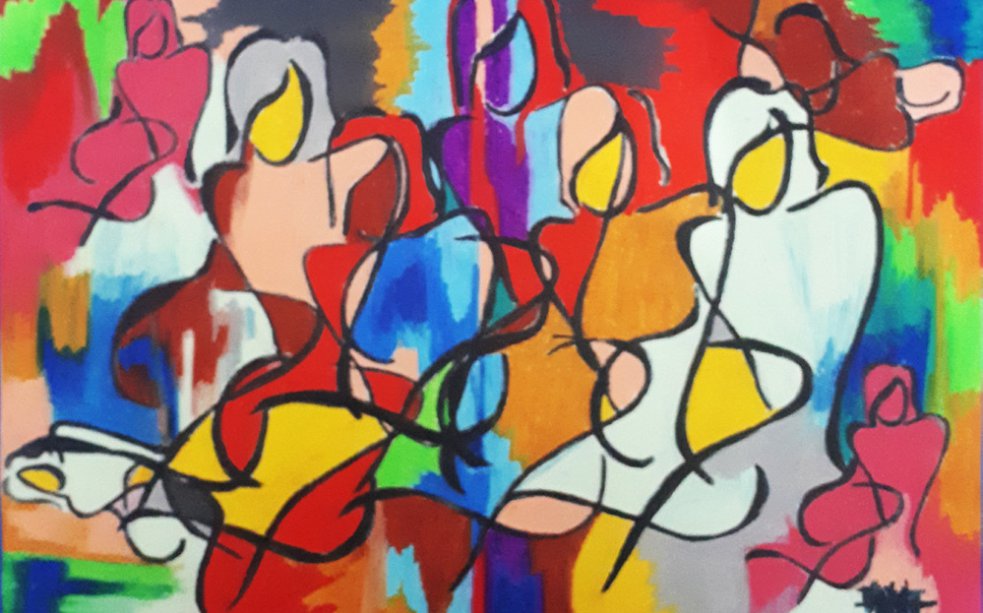
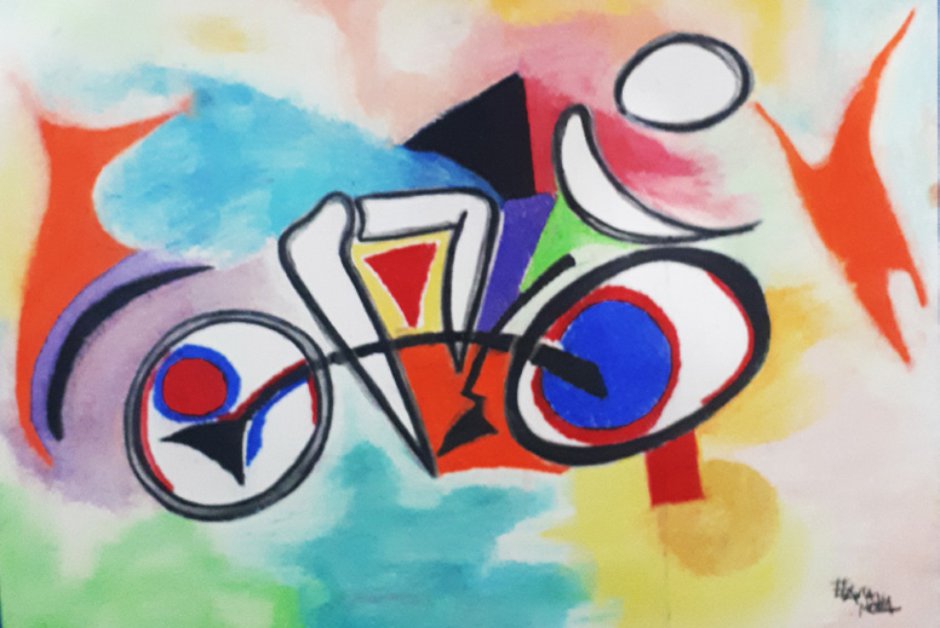
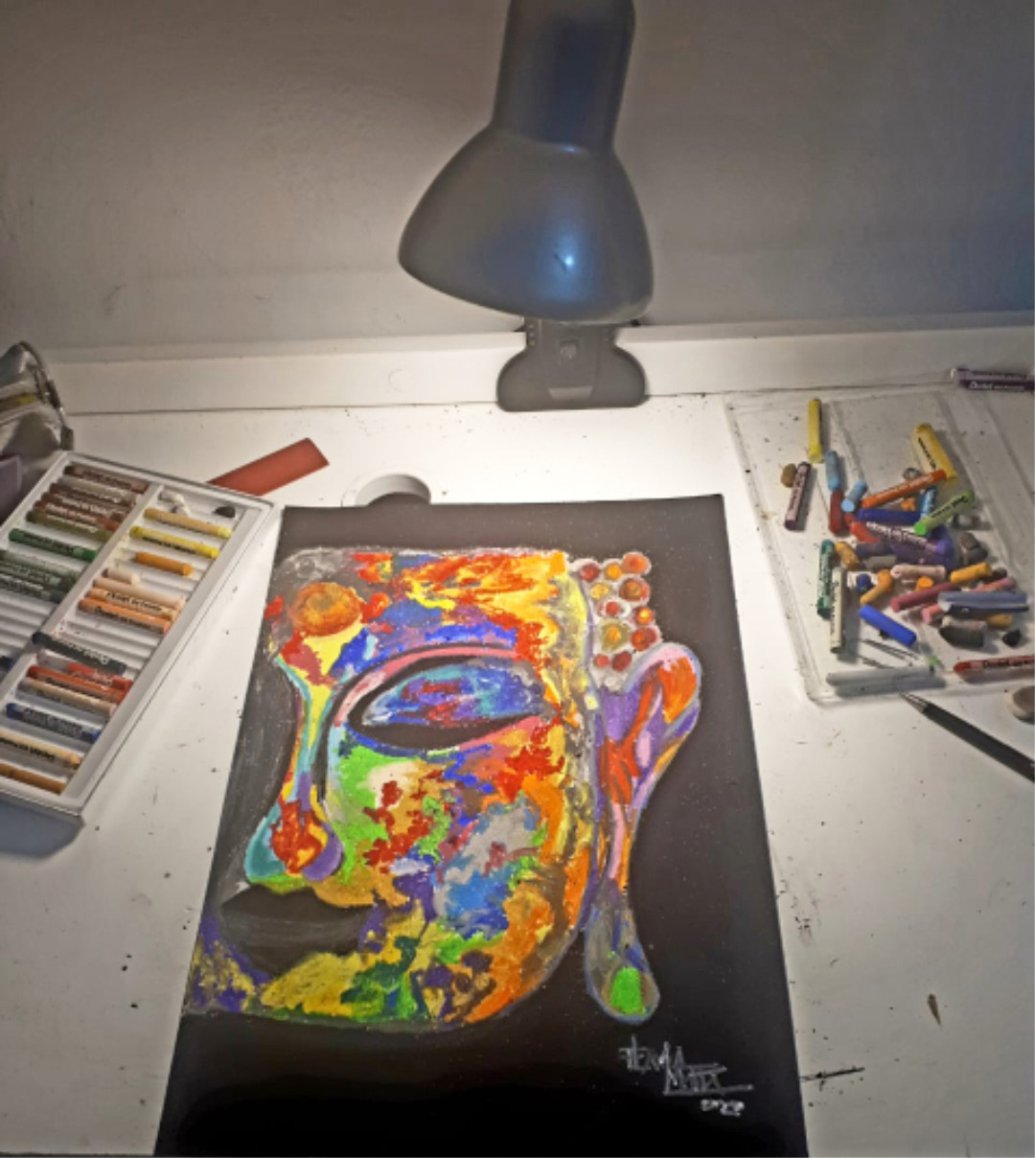
Ela costuma trabalhar com diferentes suportes, alguns deles reciclados, ou até produzidos por ela mesma. Seu senso estético estende-se a áreas como estofamentos móveis pequenos, e à criação de objetos desenhados para uso doméstico. Seu material principal é a tinta acrílica sobre tela, além de lápis crayon e óleo sobre papel canson. Além de couro, jeans usados, corda, fios de cobre, para suas composições – que vão além dos limites do simples papel bidimensional.
She likes to work with different framing supports, many of them recycled or made by herself. Flavia’s aesthetic sense reaches out to areas such small furniture padding, and home conveniences designed by herself. Her main work material is acrylic ink over canvas, besides “crayon” pencil and oil over “canson” paper as well. In addition to leather, old blue jeans, rope and copper cables for her compositions. They go way beyond the limits of the simple bi-dimensional paper.
She likes to work with different framing supports, many of them recycled or made by herself. Flavia’s aesthetic sense reaches out to areas such small furniture padding, and home conveniences designed by herself. Her main work material is acrylic ink over canvas, besides “crayon” pencil and oil over “canson” paper as well. In addition to leather, old blue jeans, rope and copper cables for her compositions. They go way beyond the limits of the simple bi-dimensional paper.
Sergio da Motta e Albuquerque é crítico de impensada e mídias, publicado em “ Uma antologia da crítica da mídia no Brasil 1996-2018”, editora Casa da Árvore (2019, SP). É Mestre em Planejamento Urbano e Regional, e cursou três anos não-consecutivos na Faculdade de Artes da PUC, entre 1975 e 1982, sob orientação de Irma Arestizabal, João Grijó (pintor), e Maurício Salgueiro (fotógrafo), e Luís Carlos Ripper (arquiteto e design) Além de irmão e curador da pintora
Sergio da Motta e Albuquerque is a media critic, with a title published in the book “Uma antologia da crítica da mídia no Brasil 1996-2018” (Casa da Arvore Ed., SP, 2019, e-book). He’s a Master in Urban Planning, with three years in the PUC’s Faculty of Arts, under the supervision of artists and scholars like João Grijó ( a portuguese painter born in Paris), professor doctor Irma Arestizabal, Mauricio Salgueiro (photographer) and Luiz Ripper (architect and designer)
Sergio da Motta e Albuquerque is a media critic, with a title published in the book “Uma antologia da crítica da mídia no Brasil 1996-2018” (Casa da Arvore Ed., SP, 2019, e-book). He’s a Master in Urban Planning, with three years in the PUC’s Faculty of Arts, under the supervision of artists and scholars like João Grijó ( a portuguese painter born in Paris), professor doctor Irma Arestizabal, Mauricio Salgueiro (photographer) and Luiz Ripper (architect and designer)
